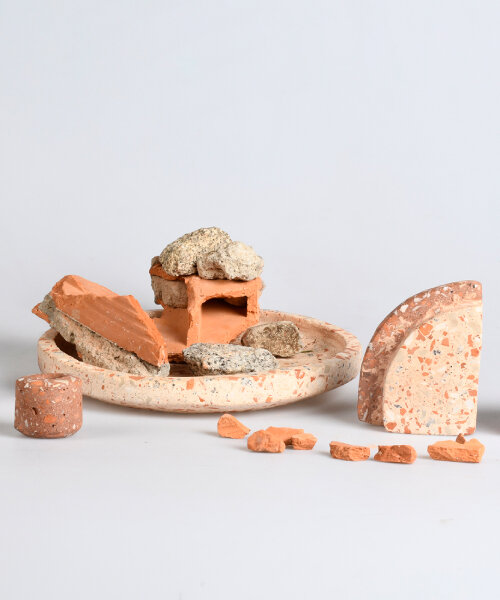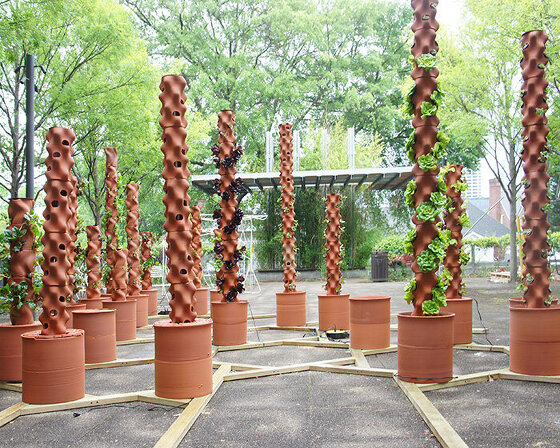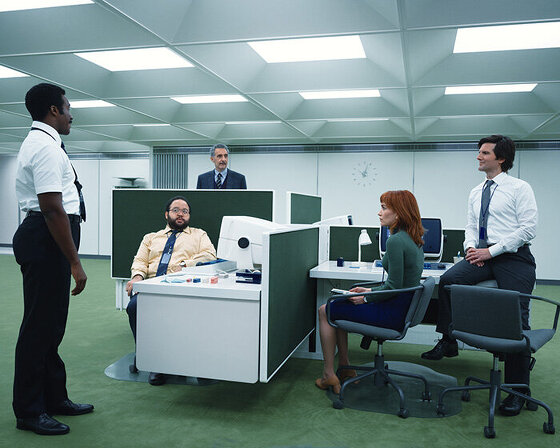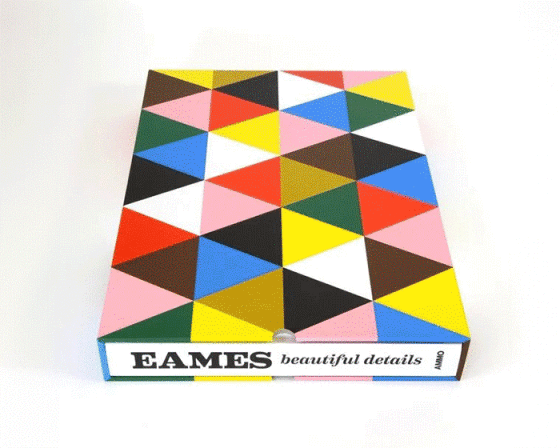Fragments of the Past: Building Waste as a Resource
Developed using waste from the construction industry, Fragments of the Past: Building Waste as a Resource seeks to valorize and upcycle industrial by-products in Porto, Portugal. The research project led by Mayra Deberg combines concrete, bricks, and ceramics with the dust produced by processing of granite stones, fashioning the mixtures into decorative objects such as bookends and centerpieces.
Following experiments with various proportions of waste and binders, the final composition selected consists of 20% cement, 30% granite dust, and 50% construction and demolition waste (CDW) fragments. In their finishes, following sanding and polishing, the products reinterpret the traditional terrazzo technique. The designs aimed to recover and highlight the history embedded in construction waste, emphasizing the material as a key element in the objects.
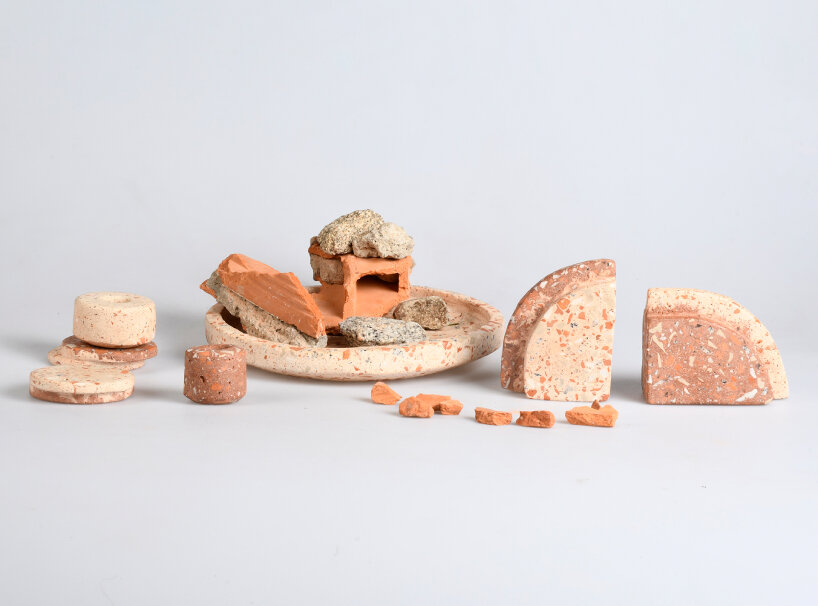
all images by Bruno de Almeida and João Tinoco
Mayra Deberg binds concrete, bricks, ceramics, and stones
The construction sector is one of the most polluting industries on the planet, with significant environmental, social, and economic impacts throughout its production process. CDW accounts for about a third of all waste generated globally. To address this issue, Mayra Deberg developed an experimental process to explore strategies for reducing its impact by creating a material that incorporates around 80% waste. Her approach strategically integrates sustainable materials, representing a functional and impactful way to communicate the value of these materials to users through the design of the products.
The process began with the collection and manual sorting of CDW, including concrete, bricks, and ceramics, to ensure the homogeneity of the material. The Porto-based artist collected waste from various sources in the study area, such as waste collection and management centers, waste management operators, and construction sites. By-products from ornamental stone companies were also integrated. After the waste was manually crushed, the fragments were classified by particle size. These materials were then tested with different binders, such as cement, resin, and lime. Marble and granite dust were also used as mixing bases to further reduce the use of virgin aggregates.
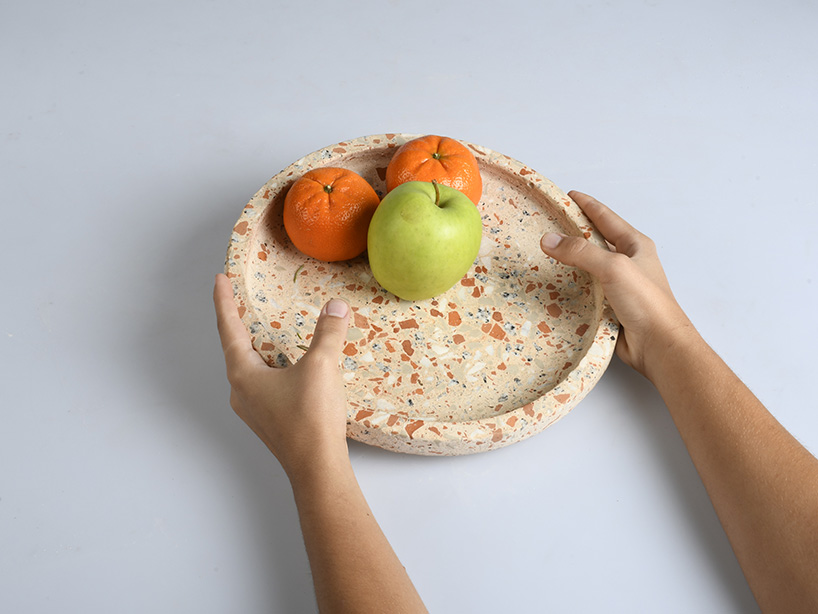
Fragments of the Past: Building Waste as a Resource
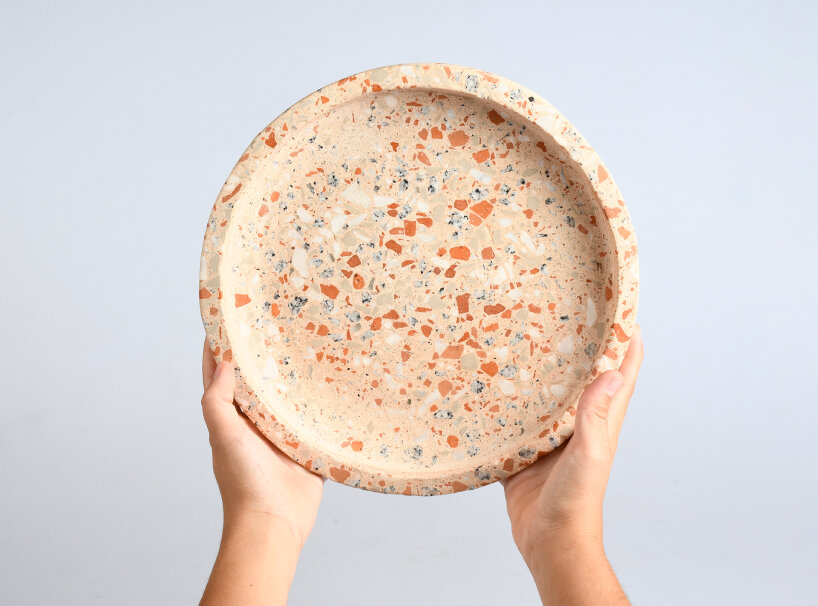
the research project seeks to valorize and upcycle industrial by-products in Porto
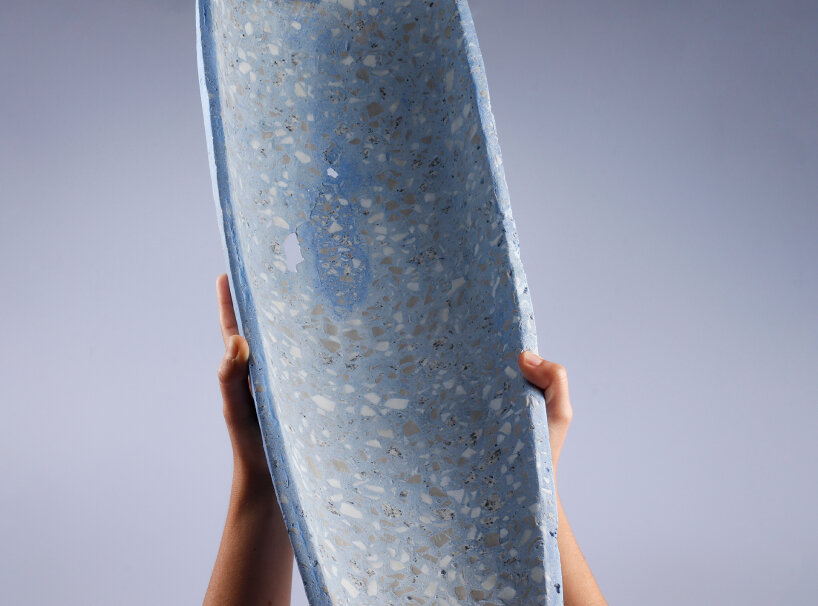
a sculptural centerpiece
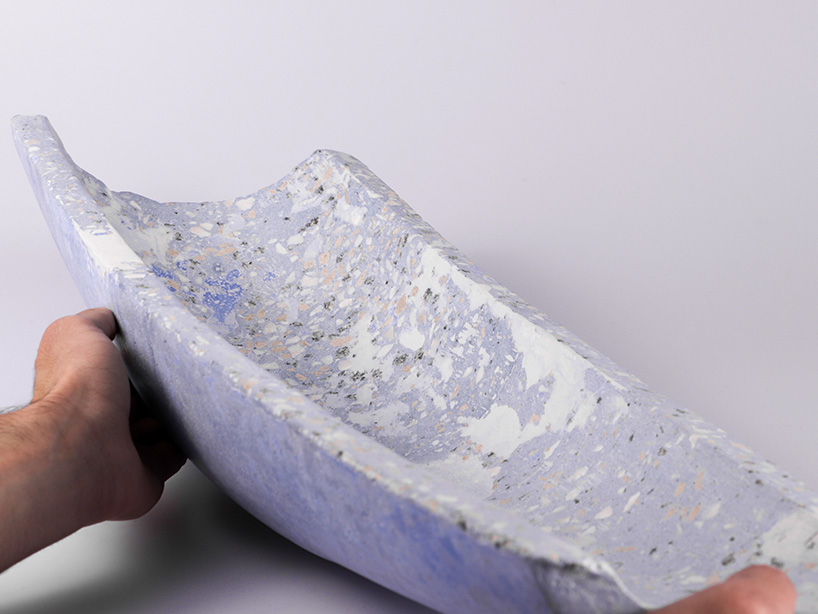
Mayra Deberg combines concrete, bricks, and ceramics with the dust produced by processing of granite stones
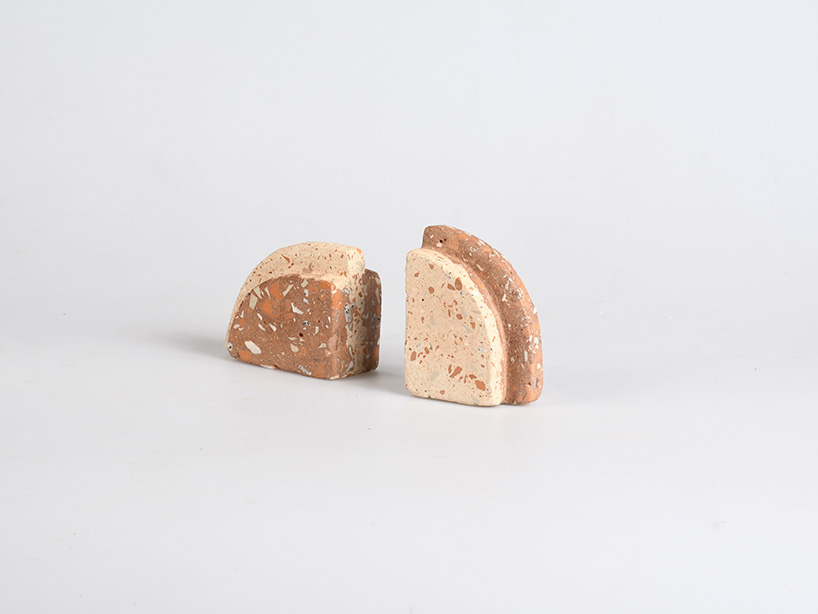
bookends
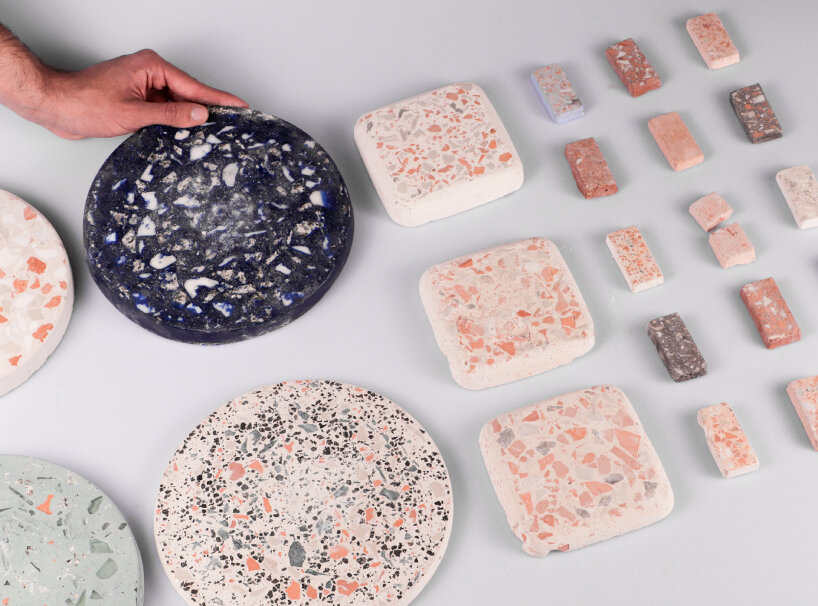
the composition consists of 20% cement, 30% granite dust, and 50% construction and demolition waste fragments
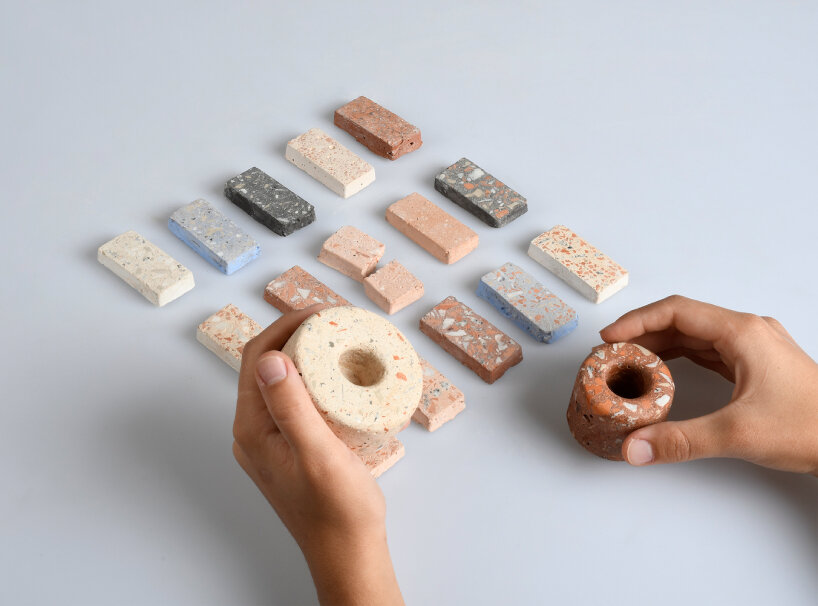
experiments with various proportions of waste and binders
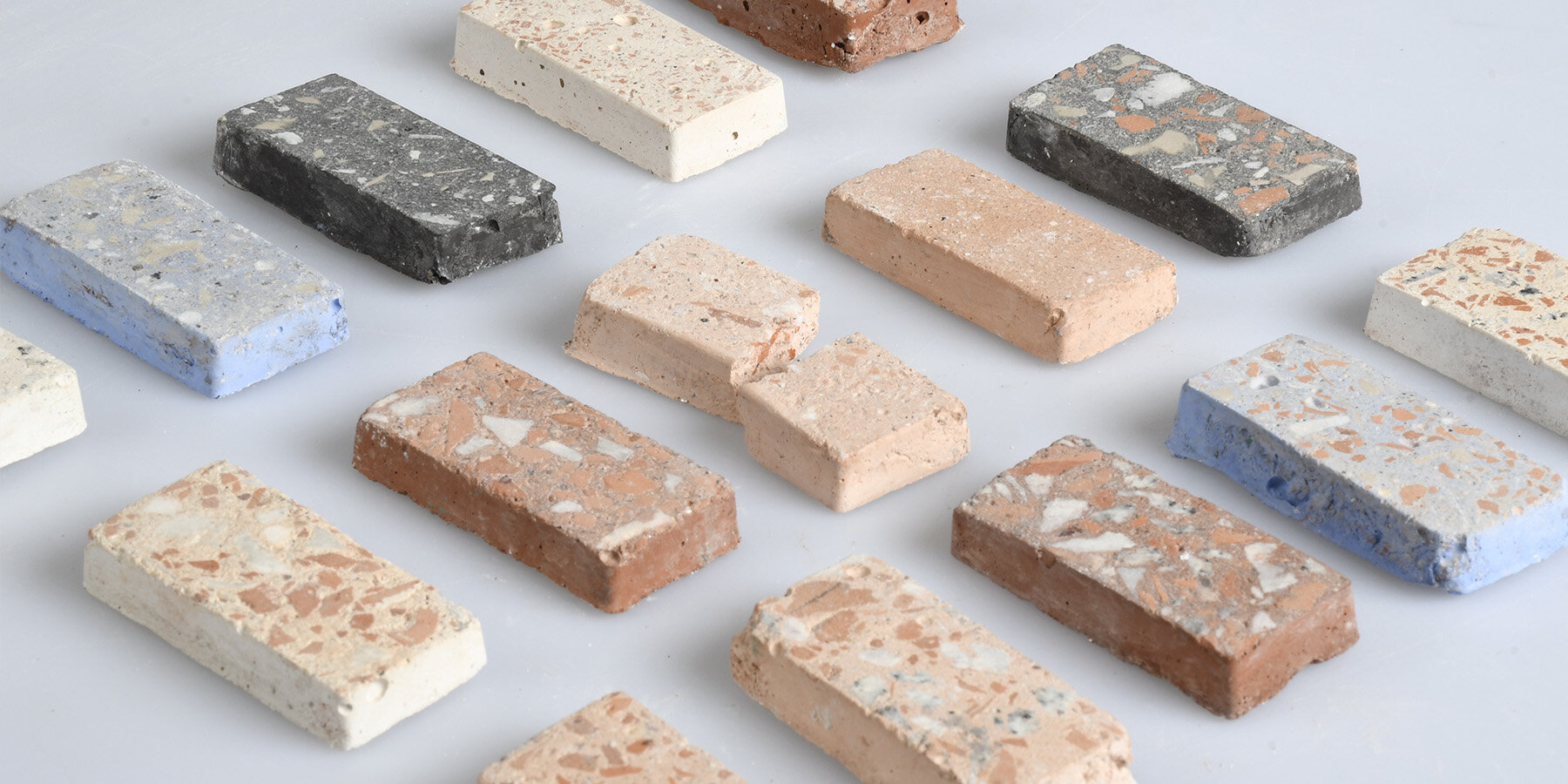
material and finish explorations
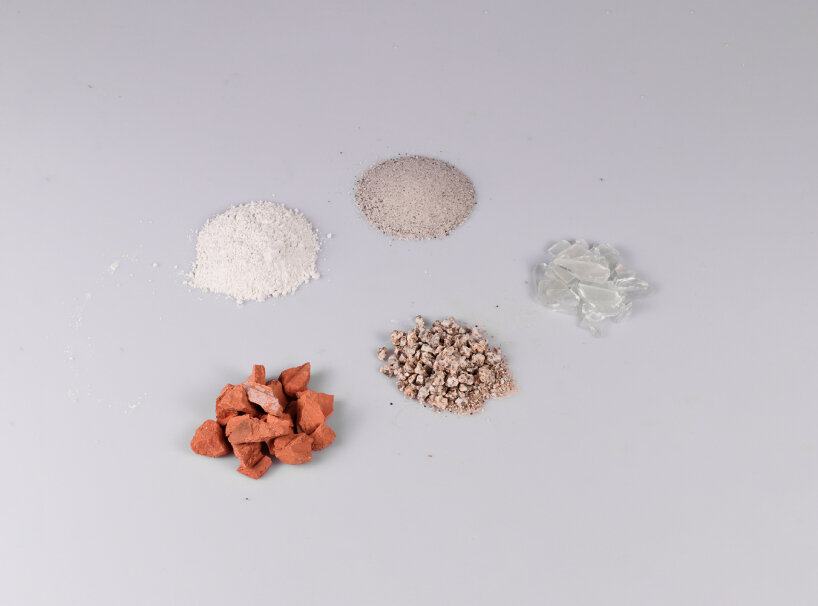
the artist collected waste from various sources in the study area, such as waste collection and management centers
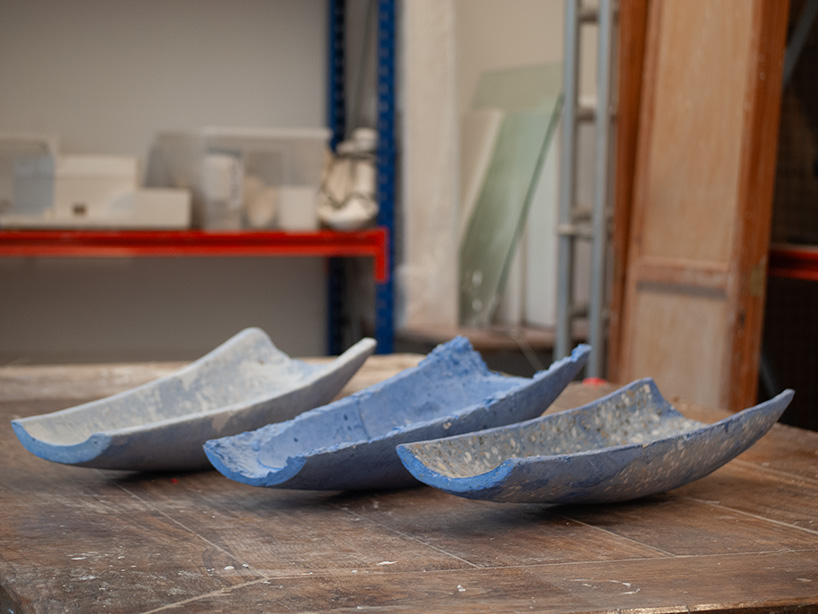
variations in aspect and texture of each centerpiece
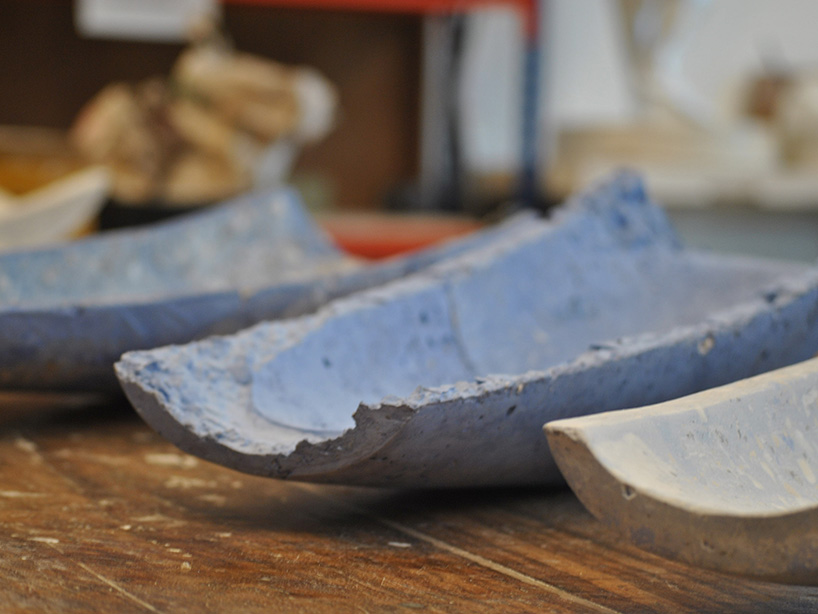
after the waste was manually crushed, the fragments were classified by particle size
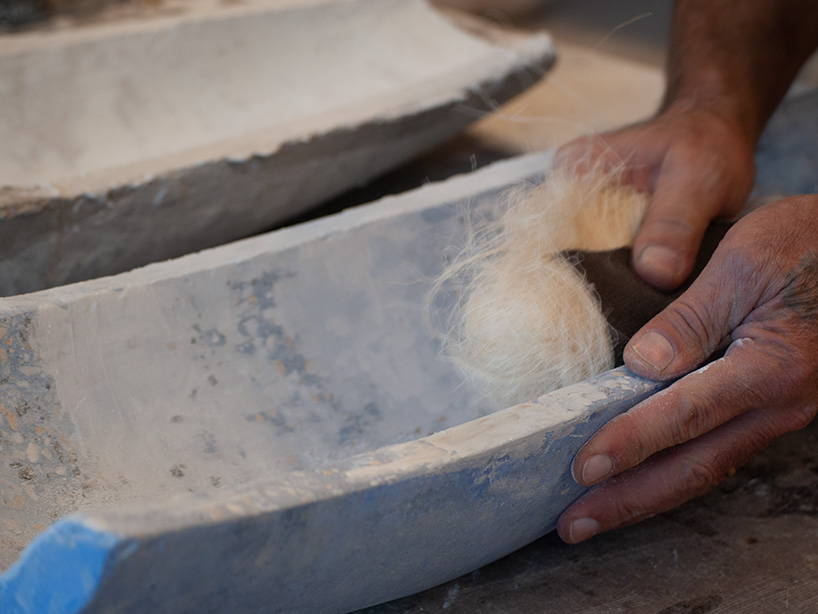
the polishing process
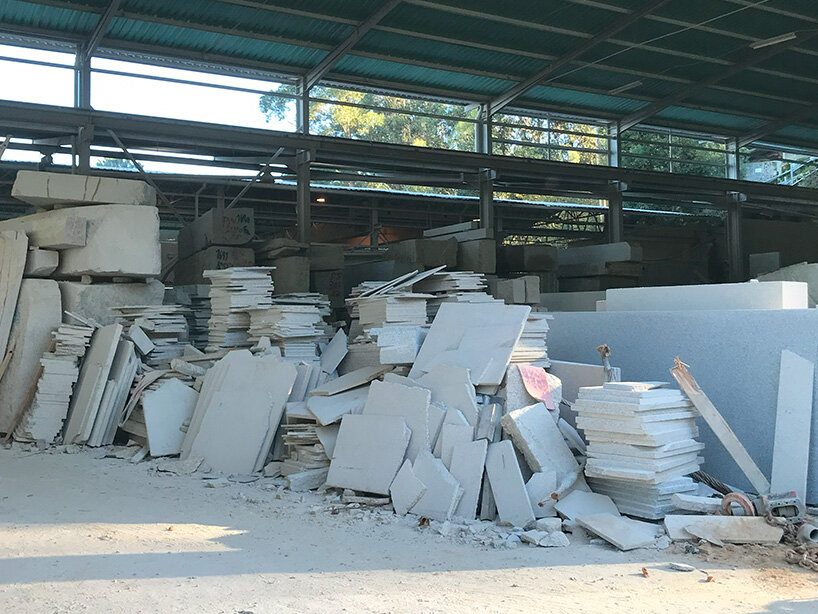
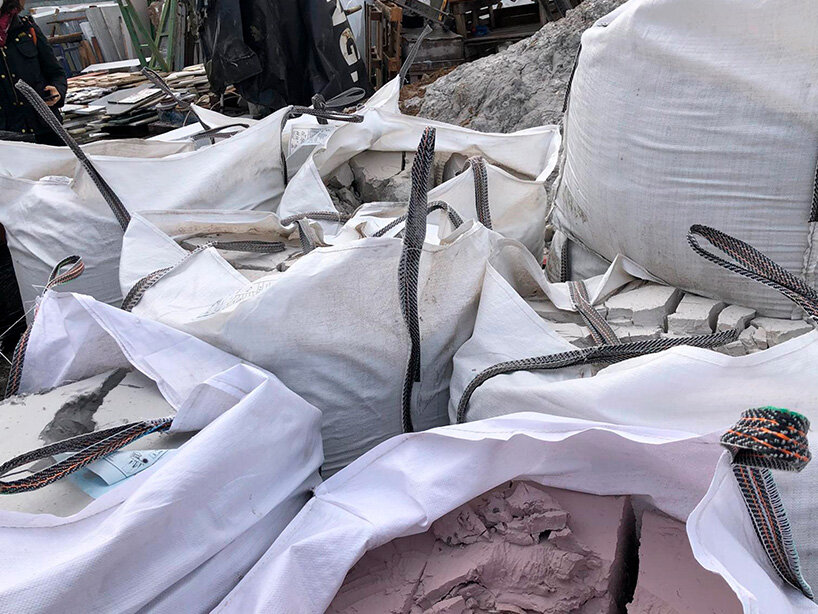
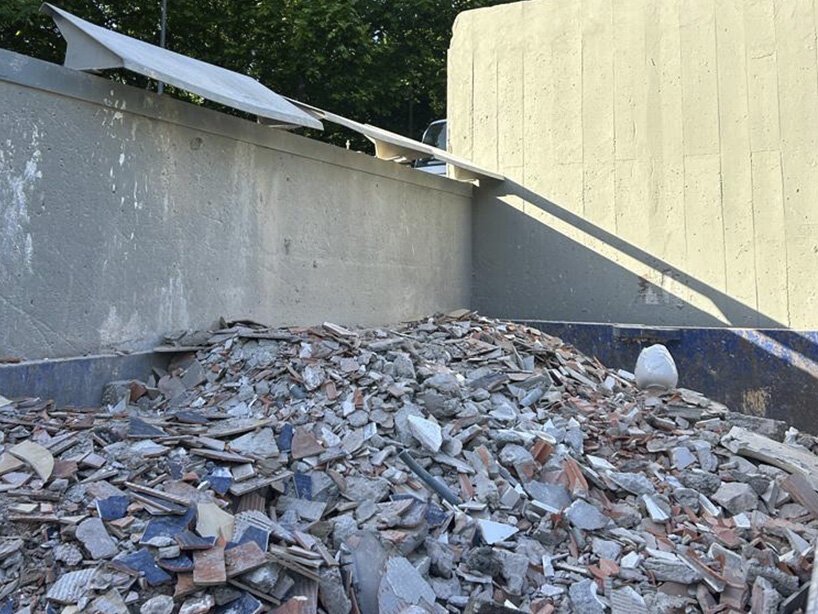
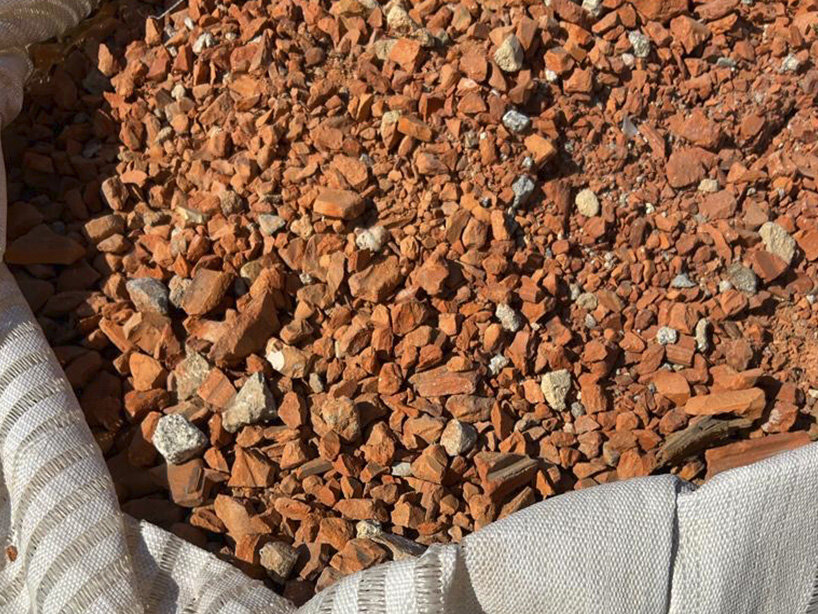
project info:
name: Fragments of the Past: Building Waste as a Resource
designer: Mayra Deberg | @mayradeberg
scientific mentorship: Rui Mendonça, Bárbara Rangel
product and molding development support: Alcides Rodrigues
photography: Bruno de Almeida, João Tinoco
designboom has received this project from our DIY submissions feature, where we welcome our readers to submit their own work for publication. see more project submissions from our readers here.
edited by: ravail khan | designboom
